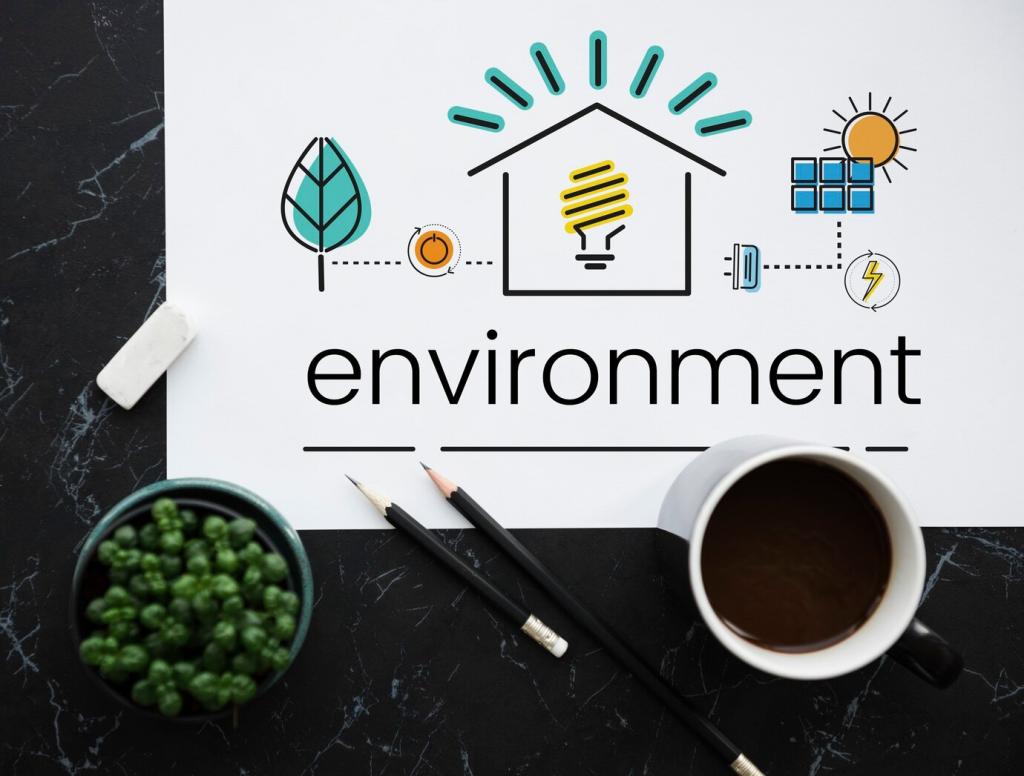
Zero-Waste Principles in Minimalist Ecological Homes
Today’s chosen theme: Zero-Waste Principles in Minimalist Ecological Homes. Step into a warm, practical space where less truly becomes more—fewer inputs, fewer regrets, and far more life. Join our community, share your questions, and subscribe for gentle, actionable inspiration each week.
Why Zero-Waste Belongs at the Heart of Minimalist Eco Homes
Refuse what you don’t need, reduce what you do, reuse what you can, repair what breaks, and recycle or compost last. This sequence turns abstract principles into practical habits that quietly reshape every room.



The Zero-Waste Kitchen: Calm, Capable, Circular
Store staples in labeled glass or stainless containers and buy refills from bulk bins when possible. Visibility lowers duplicates, jars preserve freshness, and your shelves become a calm catalogue of what you truly use.
The Zero-Waste Kitchen: Calm, Capable, Circular
Place a tidy, odor-sealed bin near your prep area and empty it regularly into an outdoor pile or municipal program. Diverting food scraps reduces methane and turns peels into rich soil for herbs or houseplants.


Materials and Finishes with a Second Life

Solid wood, metal, cork, linoleum, clay, and recycled glass offer durability and clear end-of-life paths. When materials boast traceable origins and minimal coatings, you avoid toxins and make future reuse feasible.
Energy, Water, and Invisible Waste
Right-Sizing Systems
Match appliance capacity to real needs. Smaller, efficient fridges prevent forgotten food from spoiling; induction cooktops reduce wasted heat; smart plugs cut phantom loads. Efficiency trims bills and the hidden waste of energy.
Passive First, Tech Second
Orient for sunlight, shade glazing appropriately, insulate thoroughly, and ventilate naturally where possible. When the envelope does most of the work, you buy fewer devices and create less maintenance, packaging, and upstream manufacturing waste.
Water Loops That Respect Place
Install low-flow fixtures, capture rain where legal, and reuse greywater for plants. Keep plumbing simple for maintenance. Share your local water-saving tips below—collective knowledge helps tailor solutions to climate and community.
Daily Rhythms: Routines that Keep Waste Low
01
Clear counters, return reusables to their spots, and update a tiny shopping list to prevent duplicate buys. This calm checkpoint reduces food waste and morning stress while honoring your minimalist, zero-waste intentions.
02
Create a tidy repair caddy with thread, glue, patches, and basic tools. Schedule monthly fix sessions, celebrate each saved item, and post progress photos. Invite a friend—skills grow faster in good company.
03
Join or start a neighborhood swap, tool library, or buy-nothing group. Sharing extends product life and builds friendships. Comment with your local favorites so readers in your area can connect and participate.
Anecdote: The Two-Box Challenge that Changed Our Apartment
They emptied drawers onto the table and asked one question: does this reduce or create waste? Essentials stayed. Extras moved to a circulate box headed for friends, swaps, and community groups.
